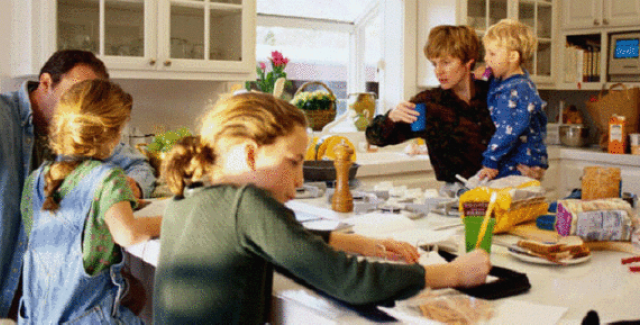How to Prepare Your Home
During an emergency, ordinary objects around your home can become hazardous. Take a few minutes to look around each room with a new view and identify potential hazards—bookshelves that could tip over in an earthquake and block exits, or heavy objects that could fall and hurt you. And make sure you have the basics in your home to keep your family safe and protected should you find your neighborhood without outside help for the first 72 hours.
FOLLOW THESE PREPAREDNESS TIPS.
Five simple steps:
- Look all around your house with a new perspective—a “disaster eye.”
- Move boxes and other items or furniture away from doors, windows and in hallways.
- Put smoke detectors on each level of your home and make it a habit to change the batteries whenever the time changes.
- Know how and when to switch off your utilities.
- Keep an ABC-type (for paper, electrical and grease) fire extinguisher on each level and know how and when to use them.
- Make sure your home address number is visible from the street so emergency vehicles can find you.
Other steps:
- Put together an emergency kit, first-aid kit and a go-bag to grab in case of emergency and keep these in a common, easily accessible place, like a hall closet or pantry.
- Make sure everyone in your family—live-in parents to younger children—knows about the emergency kits.
- During an emergency, you might not have access to food, water and electricity for days, or even weeks. Store enough emergency food and water to provide for your family for at least three days. This is part of your emergency kit.
- Move mirrors and heavy pictures away from beds, couches or places where people sit or sleep.
- Store heavy items on low shelves.
- Strap down your water heater and fit all gas appliances with a flexible gas supply line.
- Store flammable or highly reactive chemicals (such as bleach, ammonia, paint thinners) securely and separate from each other.
- Secure pictures and wall hangings and use restraints to secure heavy items such as bookcases and file cabinets.
- Move beds away from windows.
- Ensure that all window safety bars have emergency releases.







